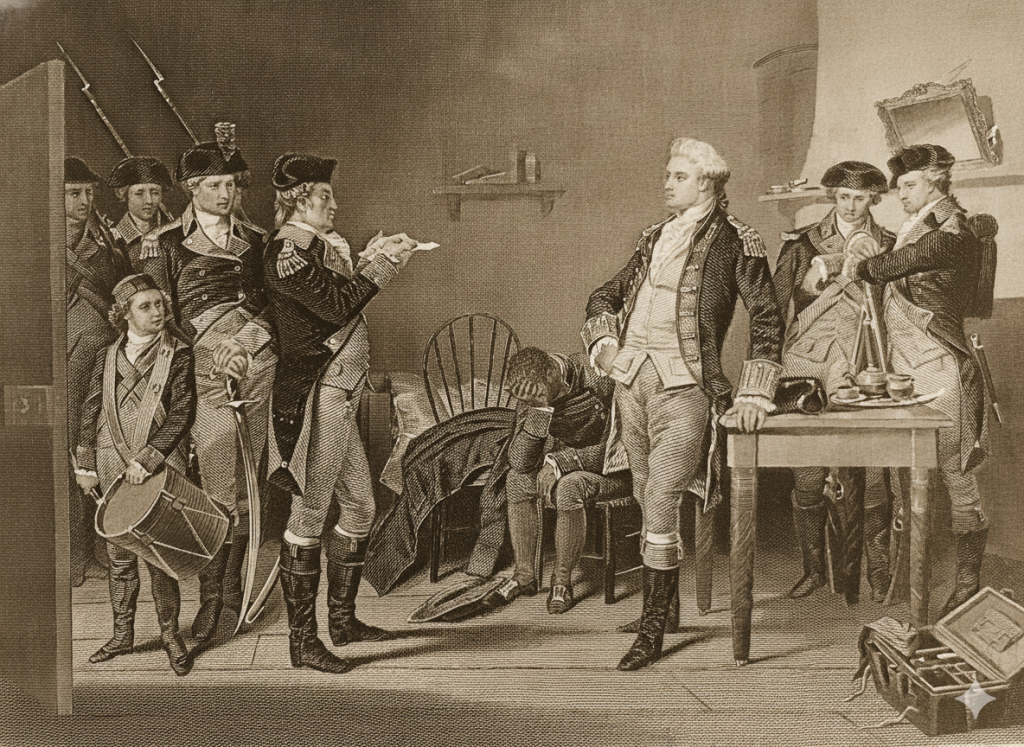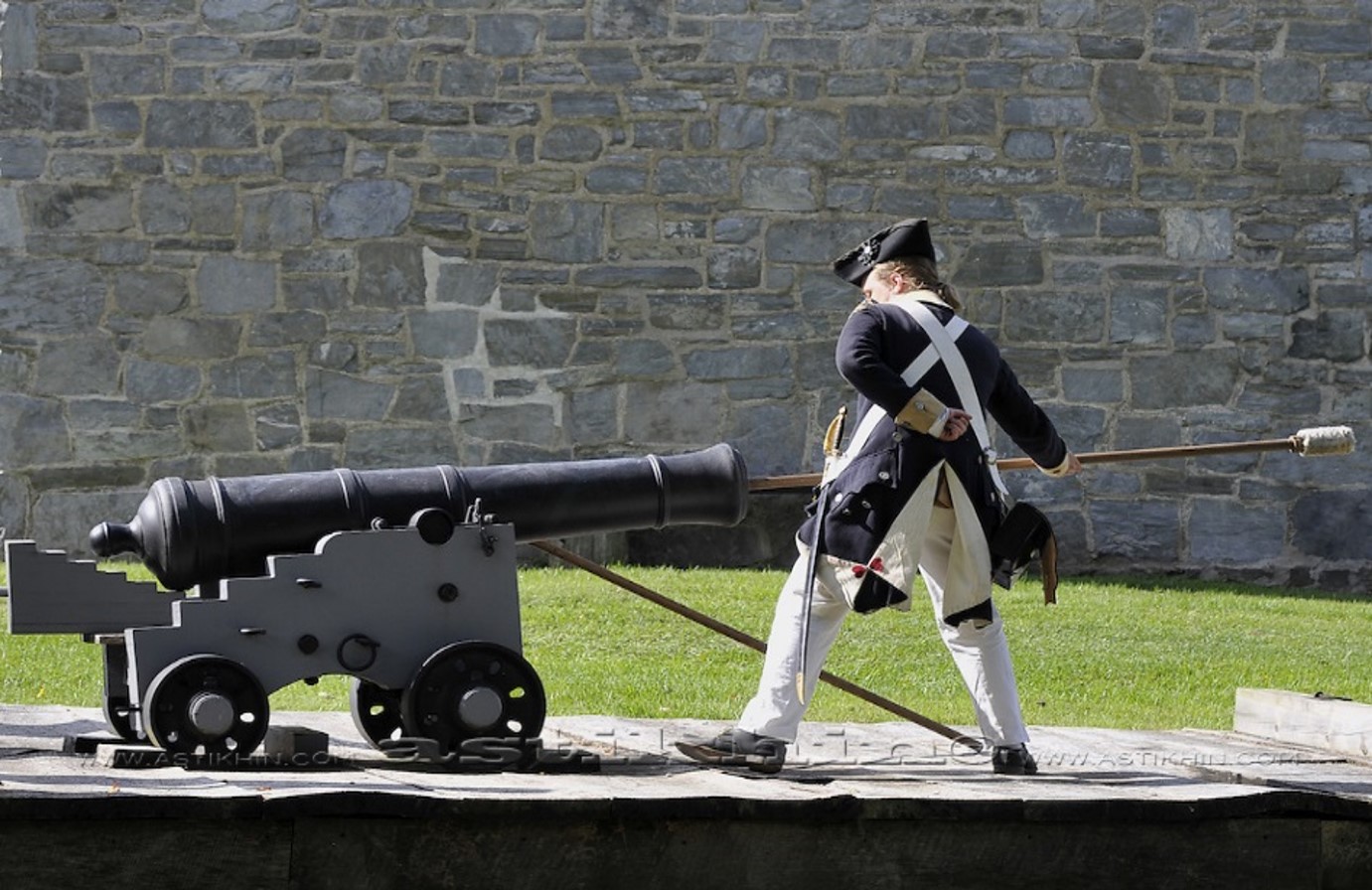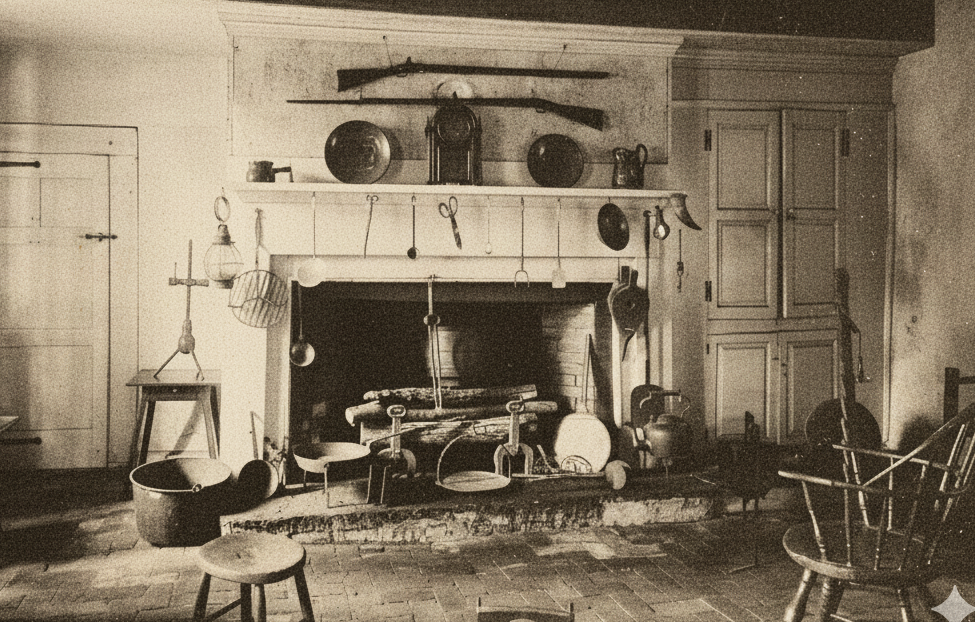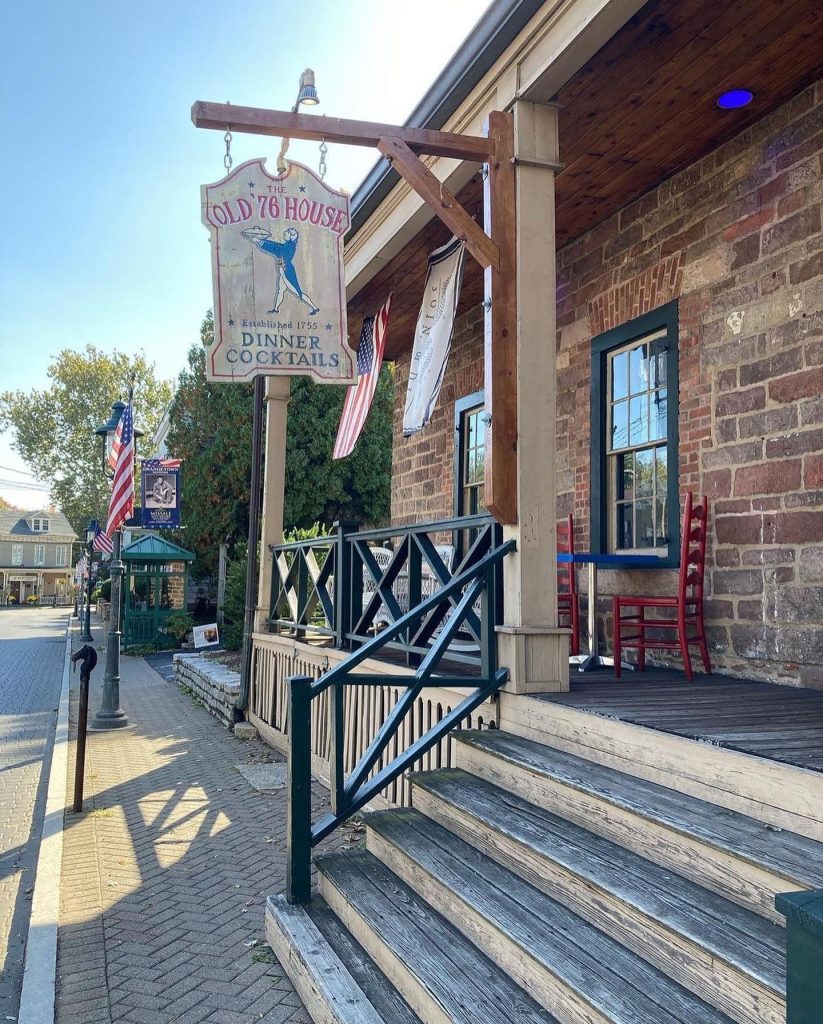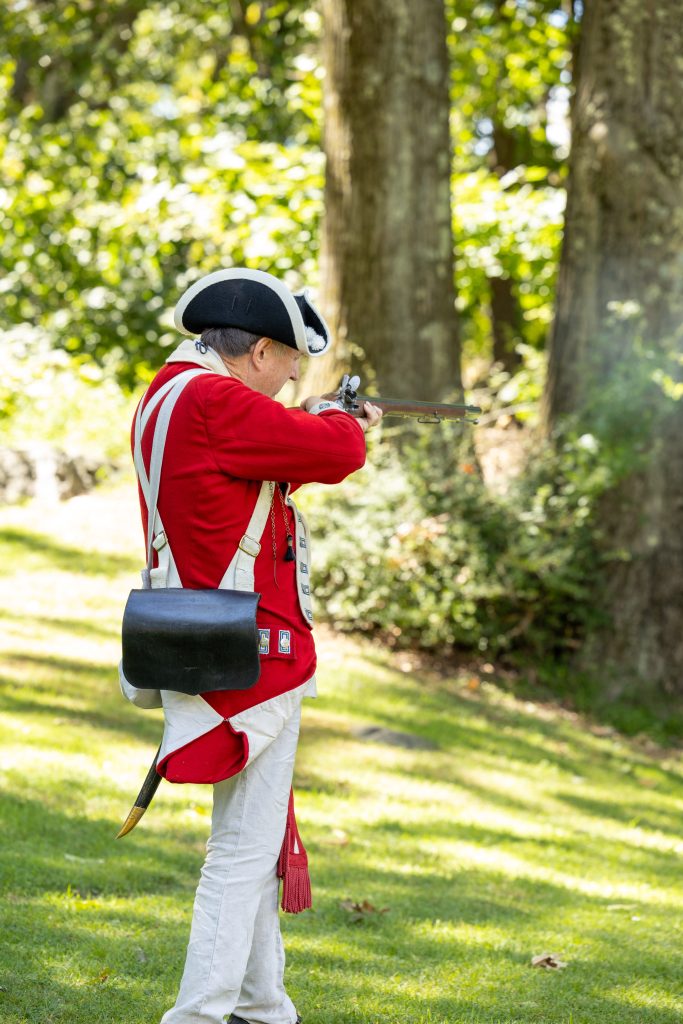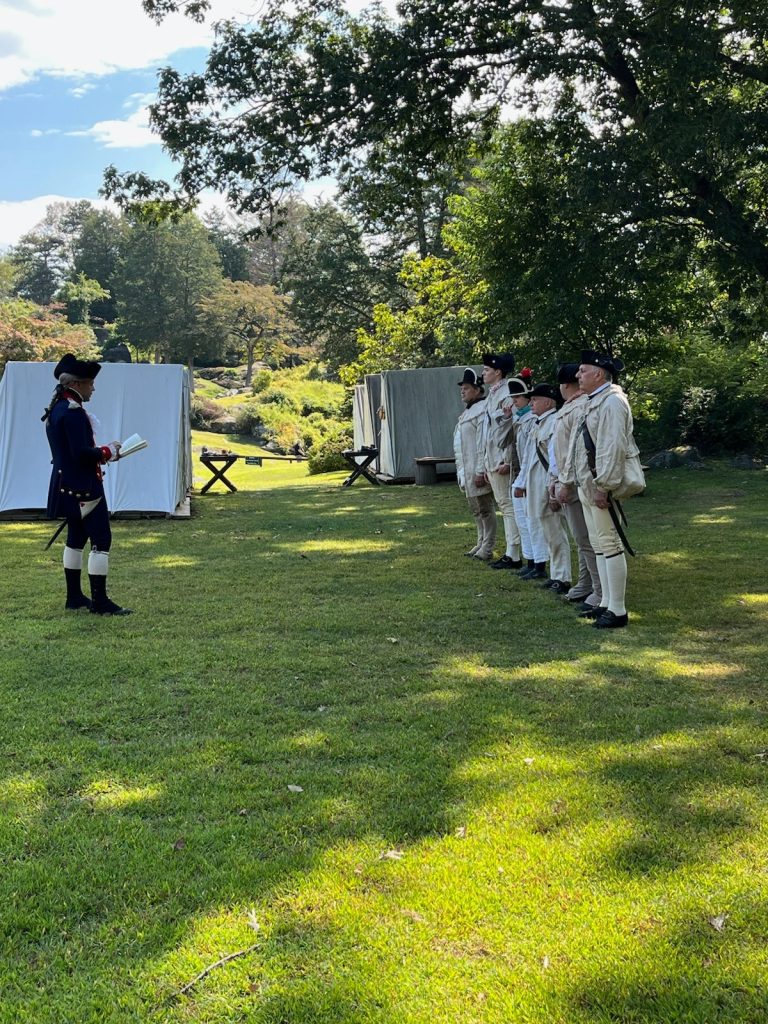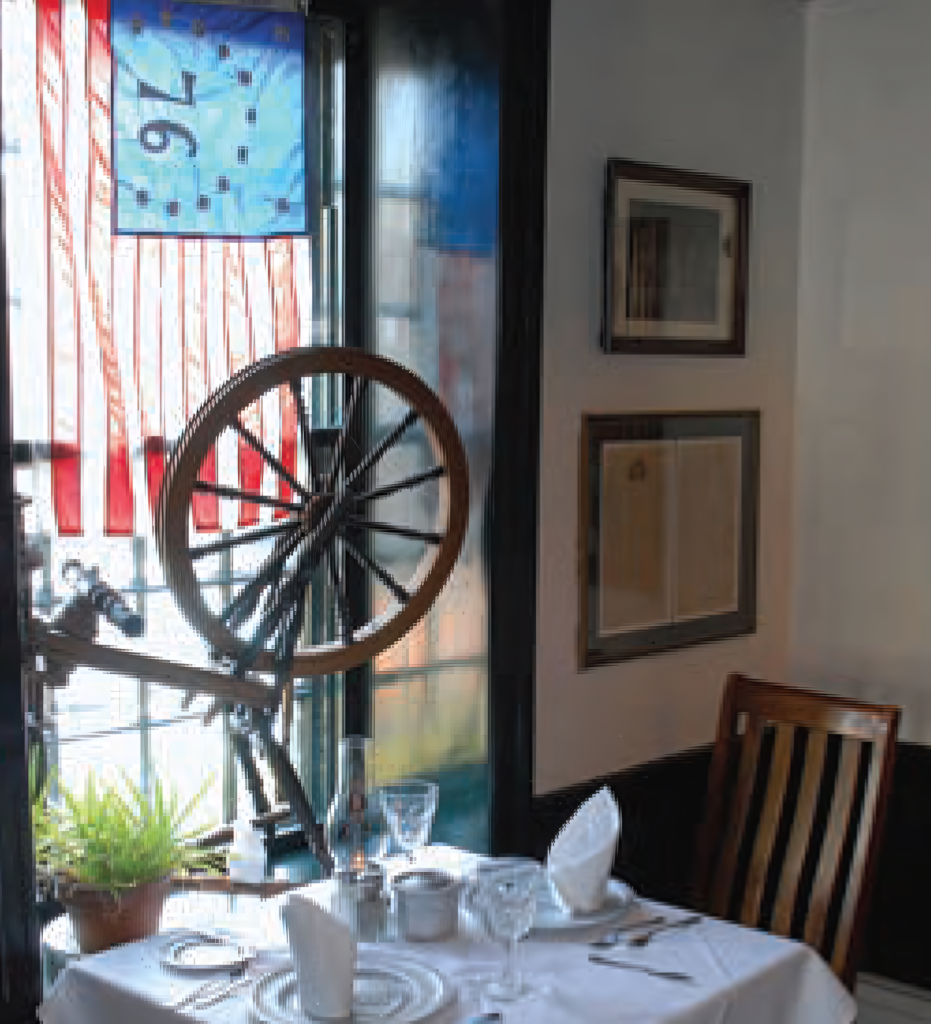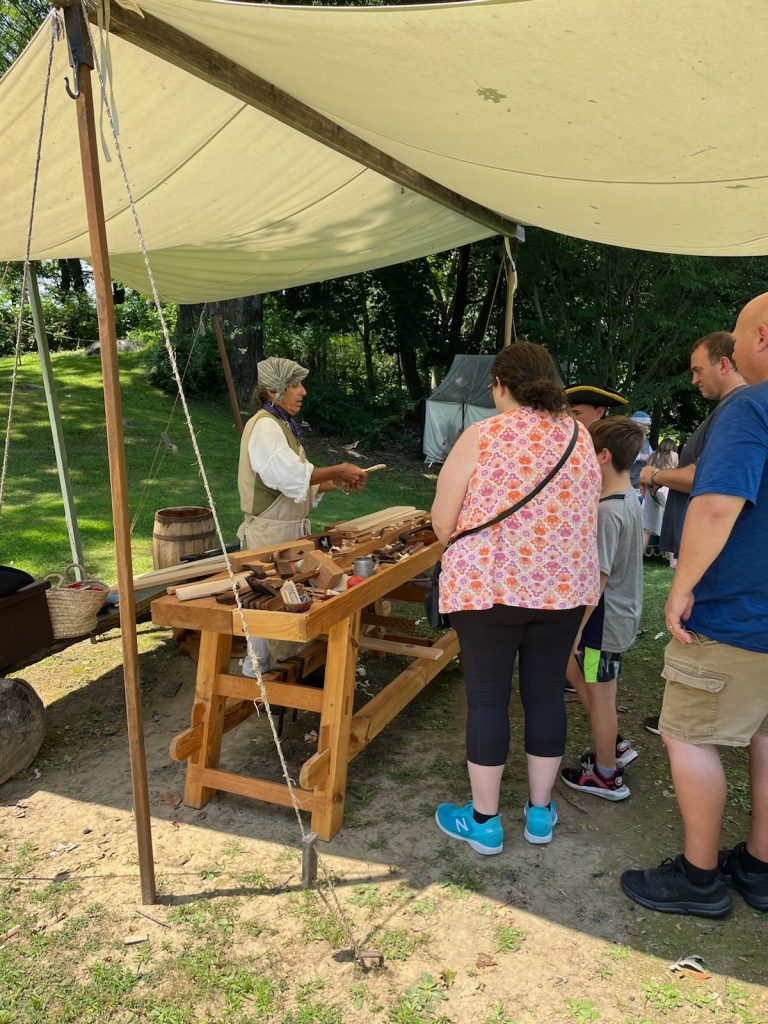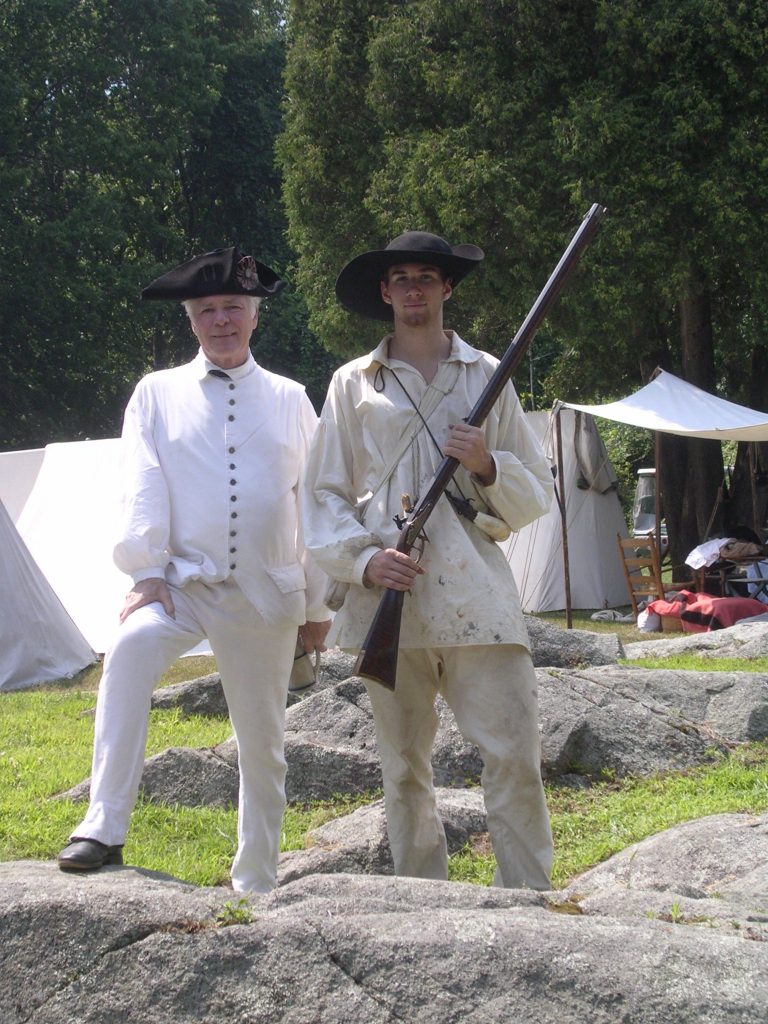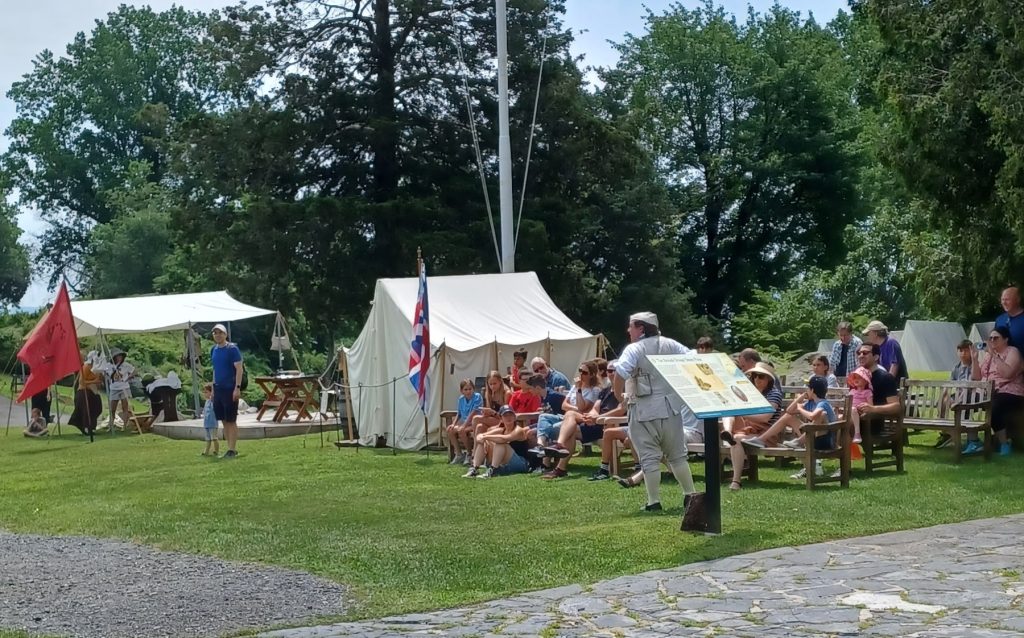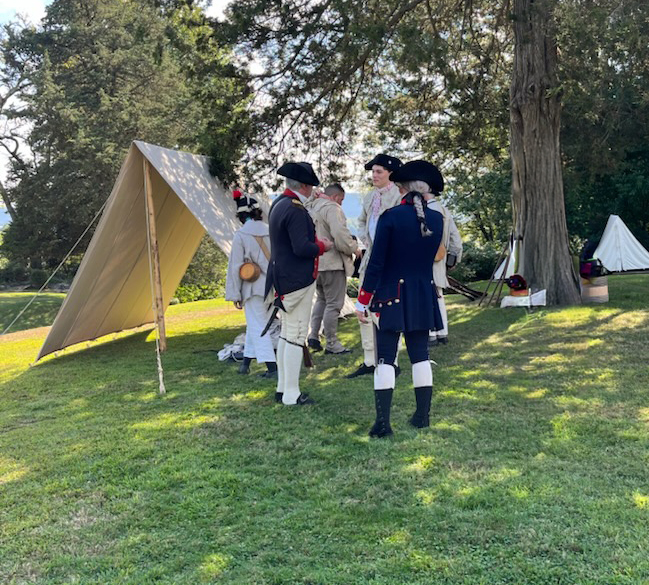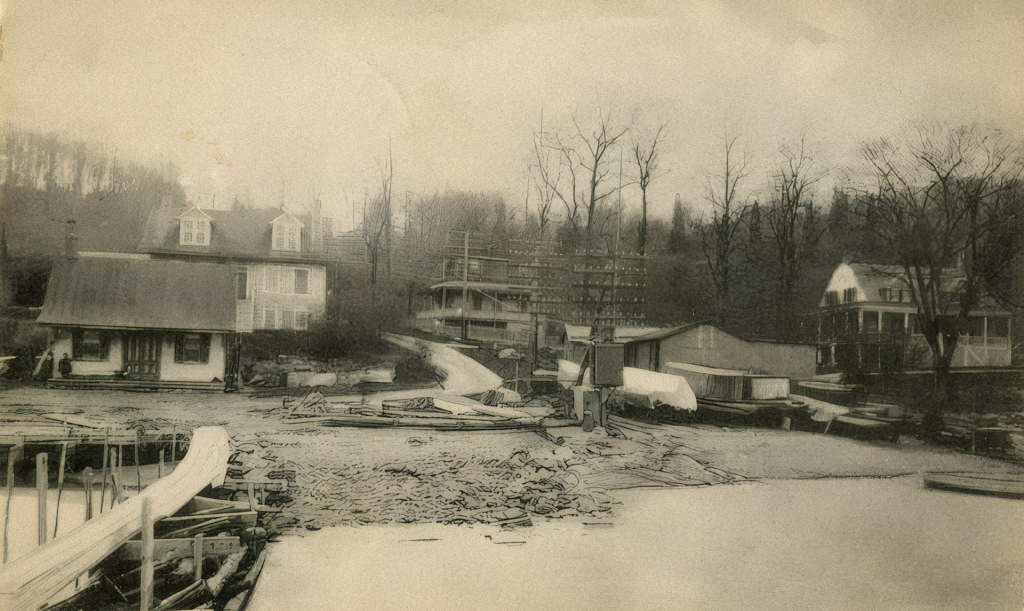Rockland’s Revolutionary Intrigue
Spies, Treason, and a Tavern Legend
On September 20, 1780, Rockland’s Hudson River shoreline set the stage for one of the Revolution’s most notorious betrayals. General Benedict Arnold, once hailed as a patriot, plotted to hand over West Point to the British in exchange for money and a British command post. Arnold and his British go-between, Major John André, met in secret at Haverstraw Beach.
André slipped away with plans for the fort hidden in his boot but never reached safety. He was stopped near Tarrytown, exposed as a spy, and taken to Tappan. At his DeWint House headquarters, George Washington reviewed the case and signed André’s death warrant. The young officer was executed as a spy, while Arnold escaped aboard a British warship, his name forever linked with treason.
Local lore adds one final twist. At the ’76 House in Tappan, the colonial tavern where André was confined, Washington is said to have ordered Arnold’s portrait turned upside down in disgust. More than two centuries later, it still hangs that way—a silent reminder of betrayal.


